Review: Cherry Audio Novachord & Solovox
Cherry Audio’s Novachord delivers a true, modelled taste of one of the earliest polyphonic synthesizers of all time, the Hammond Novachord, and you get a Solovox to boot!
The Hammond Novachord
Before the internet, the chances are you may have never heard of the Hammond Novachord. You will almost certainly have heard it in films and news reels from the late 1930s onwards. But with the vast proliferation of information online, the Novachord soon began to enter our knowledge base of electronic instruments. Designed by Laurens Hammond and John M. Hanert, the two gentlemen behind the original Hammond organ, and C. N. Williams, the Novachord was, arguably, the world’s first polyphonic synthesizer. At least in the commercial sense. It had a staggering amount of custom internal circuitry that utilised 12 divide down oscillators to deliver full polyphony over its 72 keys.
The first ever Novachord was gifted to U.S. President Franklin D. Roosevelt in spring of 1940. I’m sure Stevie Wonder would have beaten him to it had he been alive! On top of its oscillators, it also used basic envelopes and band pass filters to allow shaping of the sound. But its sheer weight, size and cost meant that it had a limited market. That said, a respectable 1000+ units were made between 1939 and 1942.
Time Travel
So it was only a matter of time before some bright spark saw an opportunity to bring the unique Novachord sound to the present day earholes of the unwashed masses. The scarcity of the machines was compounded by the fact that keeping them in working order was incredibly difficult. But one such opportunity arose back in around the mid-2000s. Dani Wilson of Hideaway Studios acquired a Novachord from Marc Doty, aka Automatic Gainsay, and restored it to full working order. Teaming up with sampling legend Steve Howell of Hollow Sun, they created one of the first and probably best Novachord sample libraries out there.
The Cherry Audio Novachord & Solovox
But now, Cherry Audio, who have a knack of creating left field software instruments, have released the Novachord & Solovox. Rather than being sampled based, these are properly modelled versions, using a real Novachord as their source material. They teamed up with DSP designer and developer, Mark Barton, to produce accurate models using a restored Novachord belonging to Joseph & Justin Fill. As you’d expect, the interface is highly authentic and hugely reminiscent of the original. Cherry wood, Bakelite, Plakson and the lovely teardrop levers. All are here to give you both a visual and audible feel of the original.
The Solovox is made with the same care, attention and process, recreating this attachment keyboard that would invariably sit under or to the side of an organ. As a solo instrument, it is monophonic but comes with a range of sound shaping settings and effects to bring this tiny but mighty instrument to life.
Novachord, The Sound of the Future Past
So how does it sound? It is instant 40s and 50s Sci-Fi. If you have a penchant for the likes of Bebe and Louis Barron and their Forbidden Planet score, this is right up your street, or maybe galaxy? Don’t be expecting vast swathes of sonic textures here, though. This is a recreation of a primitive instrument and the range of tones available are somewhat limited. These sounds, however, are pretty unique and when coupled with the onboard FX, they do delight and inspire. What’s more, the presets, designed by CA’s Director of Sound Design James Terris, do run the gamut of the Novachord’s abilities and are great jumping off points for your own design. Again, don’t expect deep editing. There was no such thing back then.
The Solovox is a brilliant addition to this package. It delivers a nice contrast to the Novachord and complements it well. In fact, I found myself enjoying this a little more than the Novachord on first plays. It has a broader palette of tonal possibilities and I could hear this being used in contemporary tunes. It also has some really cool UI features, such as the glowing valves!
A Perfect Combo
All in all, these two instruments go very well together. They are simple, yet unique. They are also quite niche and maybe not for everyone. However, I thought the same when I worked with Steve Howell on those Novachord samples all those years ago. I couldn’t see how they might appeal to a broad audience. The sales figures proved me completely wrong. I don’t doubt that Cherry Audio’s offering will be any different. For a mere $39 introductory price, rising to $59 when the offer ends, this is the perfect way to dive into true, vintage synthesis from a bygone age.
Novachord Specifications
Both Novachord and Solovox will run on Windows & macOS with full native M1 support on the latter. They come in AU, VST, VST3 and AAX plugin variants and, as always, there’s a standalone version too. Complete MIDI control and DAW automation on all controls comes as standard with handy MIDI-mapping too. A draggable UI zoom helps you get the visuals to your desired size and the adjustable oversampling control can help with CPU load on older machines.
One amusing side note is that the Novachord plugin only has 32 note polyphony. Now, I know that’s plenty for almost everyone, but the original hardware managed 72 note polyphony! I guess some things don’t improve with age!
Conclusion
Once again, Cherry Audio have delivered a unique plugin that delivers something new and previously not available and at a brilliant price. You can now add another tonal colour to your soundbox without breaking the bank. Even if you think this might not be for you, why not try the free 30 day demo to decide? Classic synthesis delivered with a cherry on top!
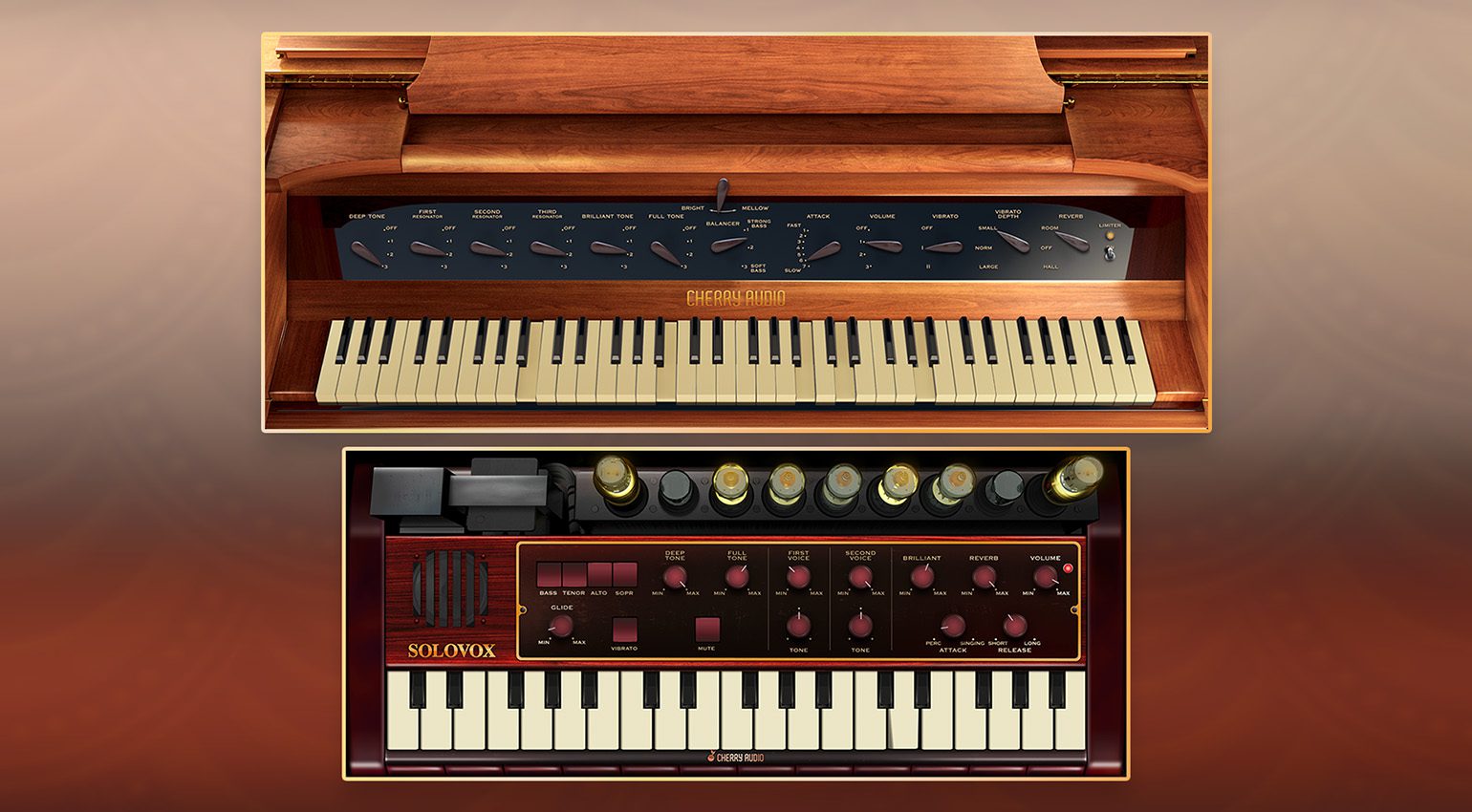

You are currently viewing a placeholder content from YouTube. To access the actual content, click the button below. Please note that doing so will share data with third-party providers.
You are currently viewing a placeholder content from YouTube. To access the actual content, click the button below. Please note that doing so will share data with third-party providers.
You are currently viewing a placeholder content from YouTube. To access the actual content, click the button below. Please note that doing so will share data with third-party providers.
You are currently viewing a placeholder content from YouTube. To access the actual content, click the button below. Please note that doing so will share data with third-party providers.
You are currently viewing a placeholder content from YouTube. To access the actual content, click the button below. Please note that doing so will share data with third-party providers.
2 responses to “Review: Cherry Audio Novachord & Solovox”

 4,3 / 5,0 |
4,3 / 5,0 | 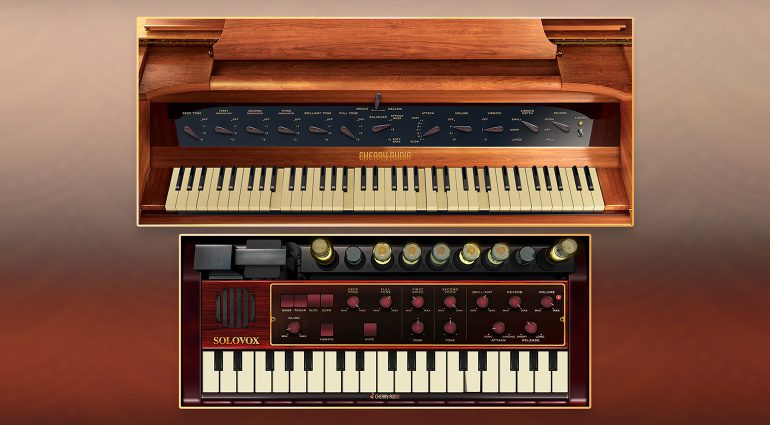
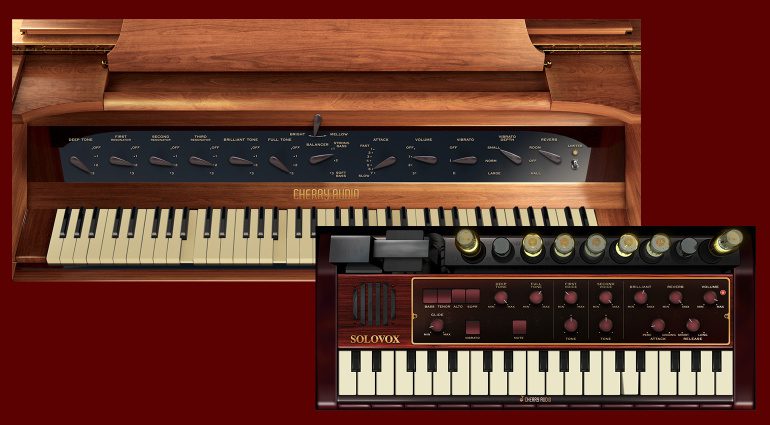
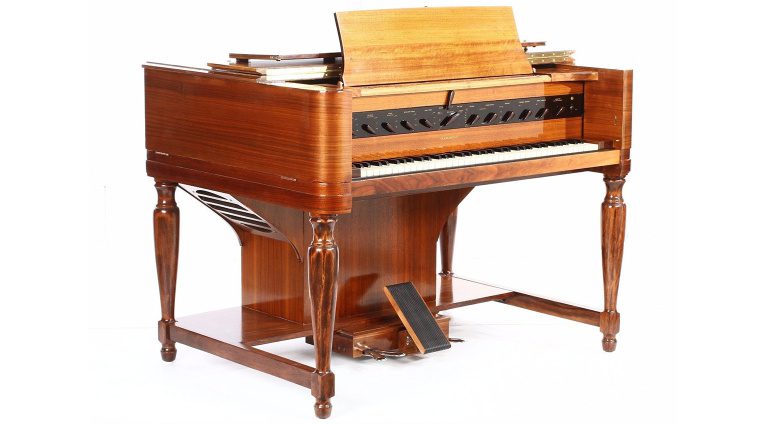



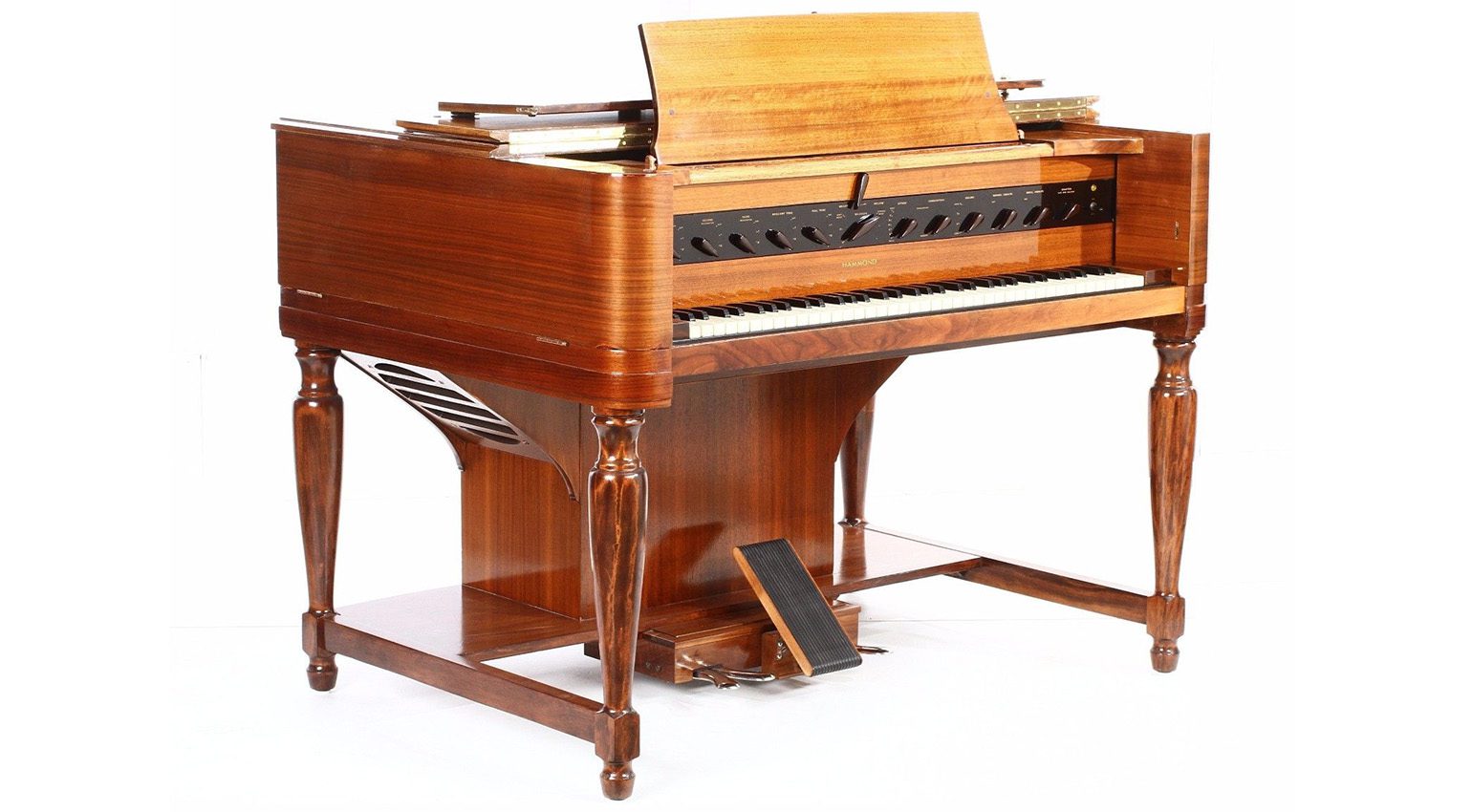
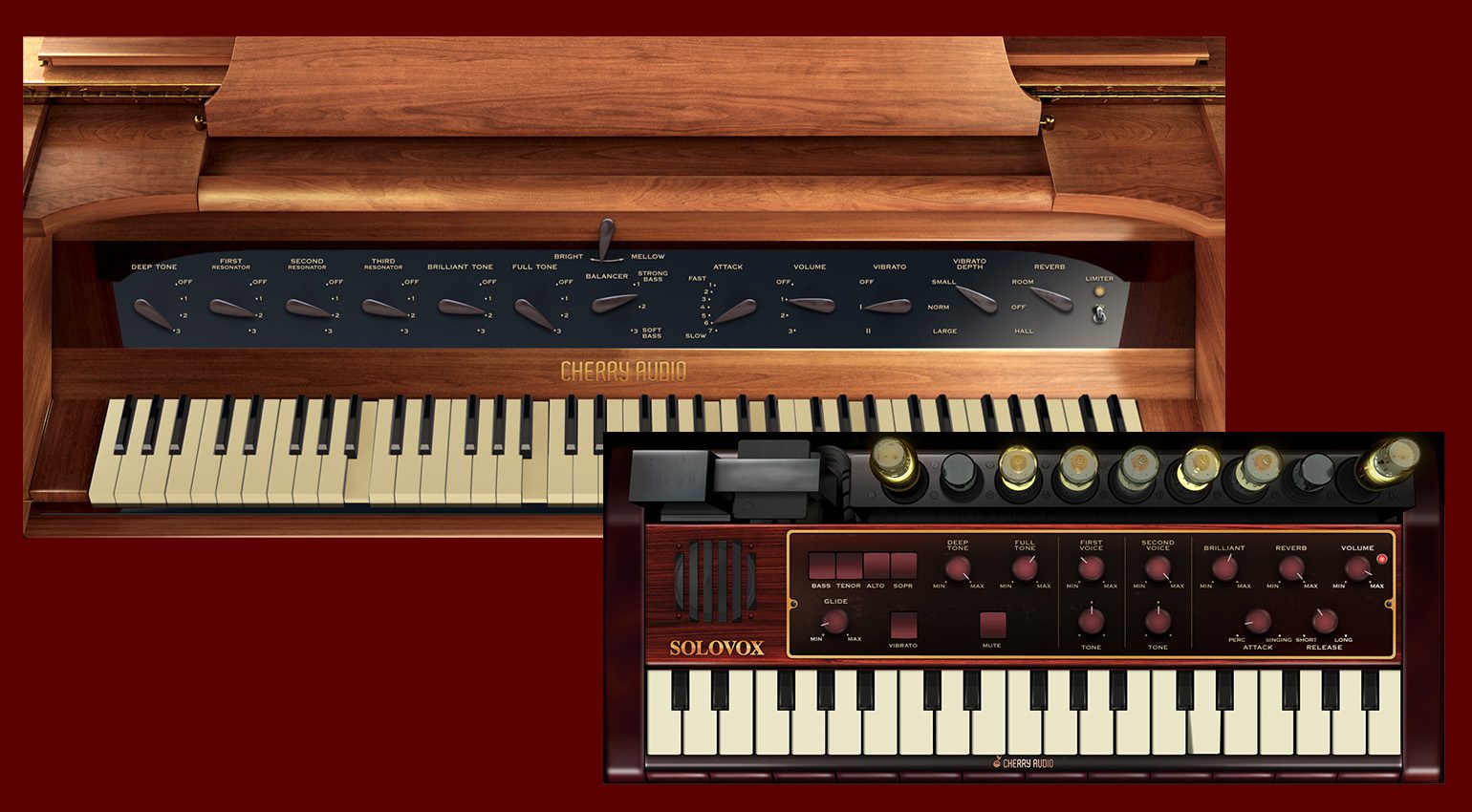


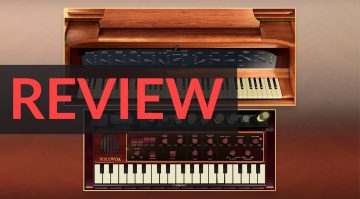

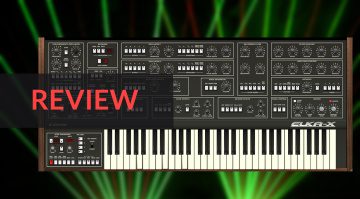
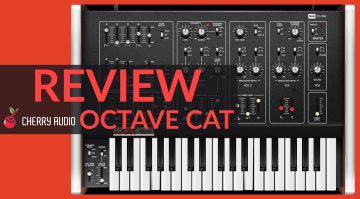
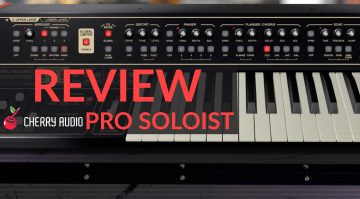
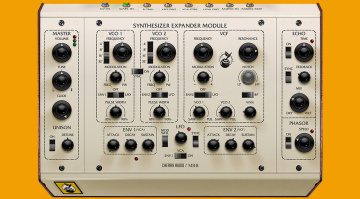
Thank you for your review of the Cherry Audio Novachord & Solovox. Although I’m sure this will be useful to those looking for a certain retro film soundtrack vibe, I think it’s misleading to mention Bebe and Louis Barron’s Forbidden Planet score as a reference point. They were working with custom built “cybernetic circuits” that produced complex patterns automatically, which were then combined through tape editing and layering. Very little, if any, of that score sounds keyboardistic or conventionally melodic, unlike scores using the original Hammond instruments. It’s probably one of the most abstract scores ever produced for a popular film, and neither the original nor the virtual Novachord & Solovox could have produced anything remotely like it. Now if someone figured out how to accurately emulate the Barron’s work in a virtual instrument, that could be REALLY interesting!
I have this plugin and SonicCouture’s Novachord as well. Although I haven’t spent much time with the CA versions, comparing the presets of both, the SC Novachord’s sound was markedly richer, warmer and far more pleasing to my ears overall. I believe SC chose to create their plug-in from meticulous sampling whereas CA went for an algorithmic approach. While I need to dig into the CA plug-in a lot more before deciding which is the better emulation, thus far the CA version seems thinner with less variety in terms of sound design possibilities. But a lot more research is needed before coming to a conclusion.